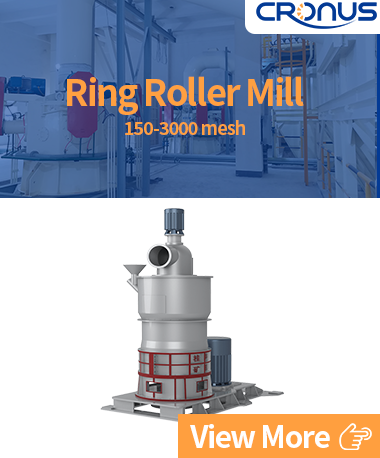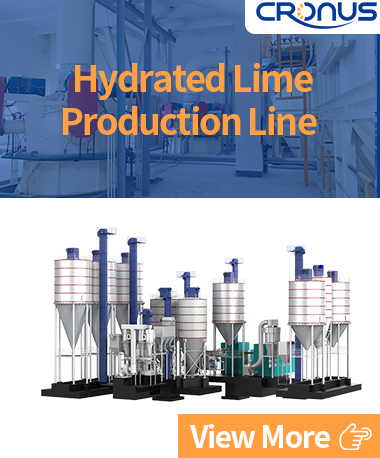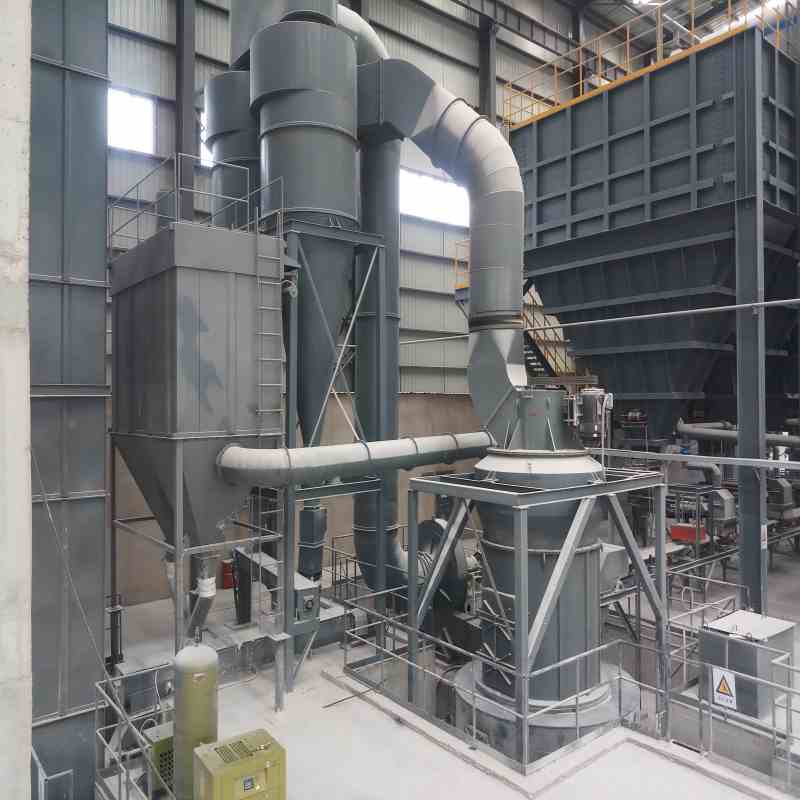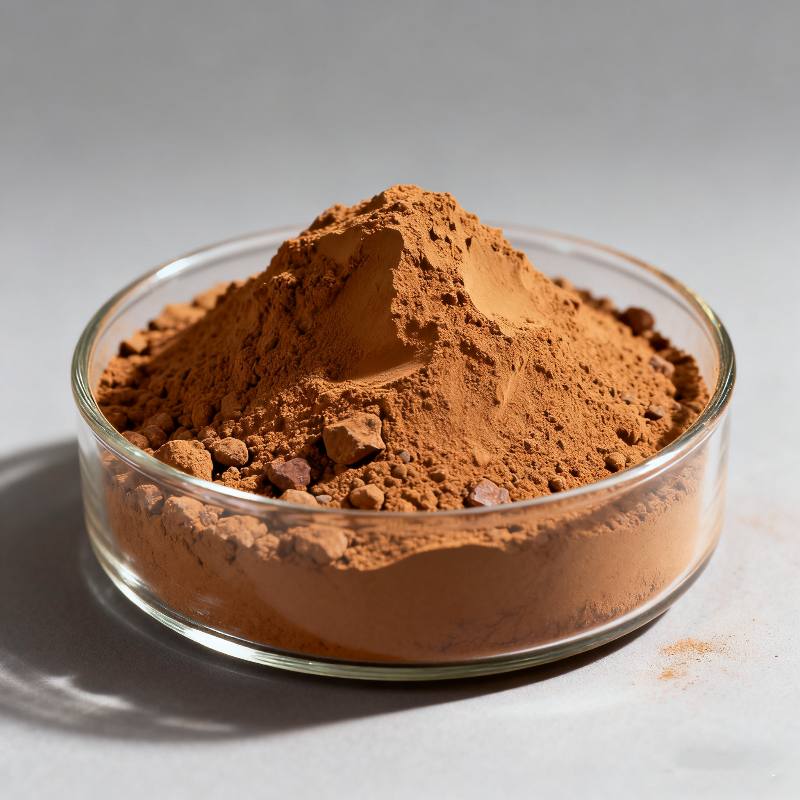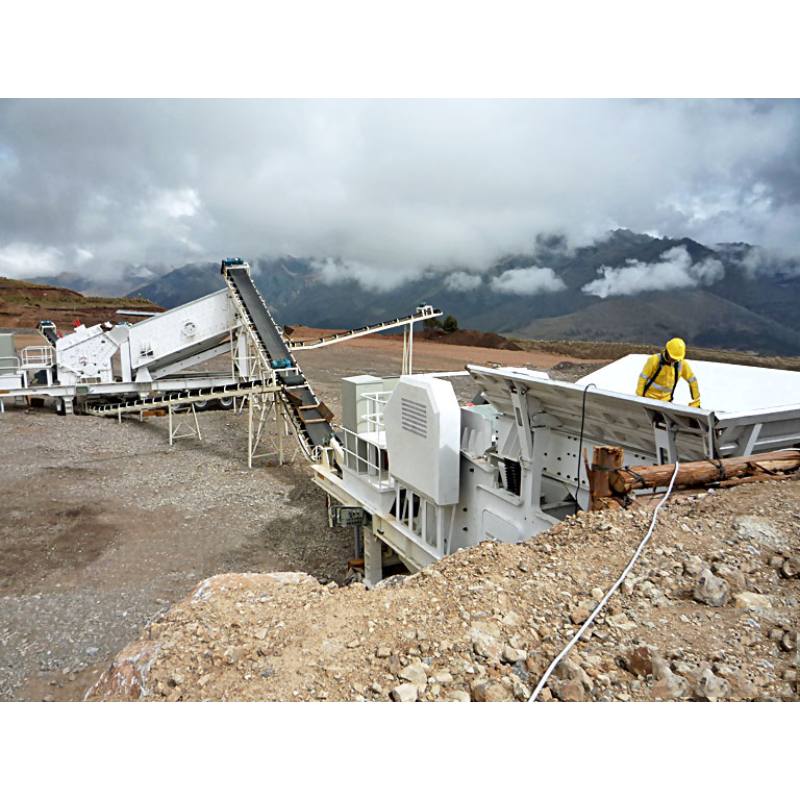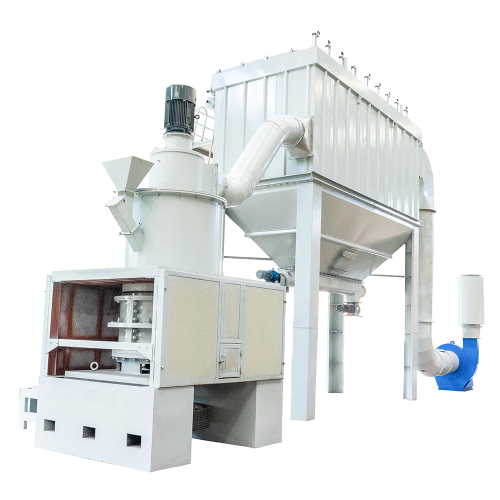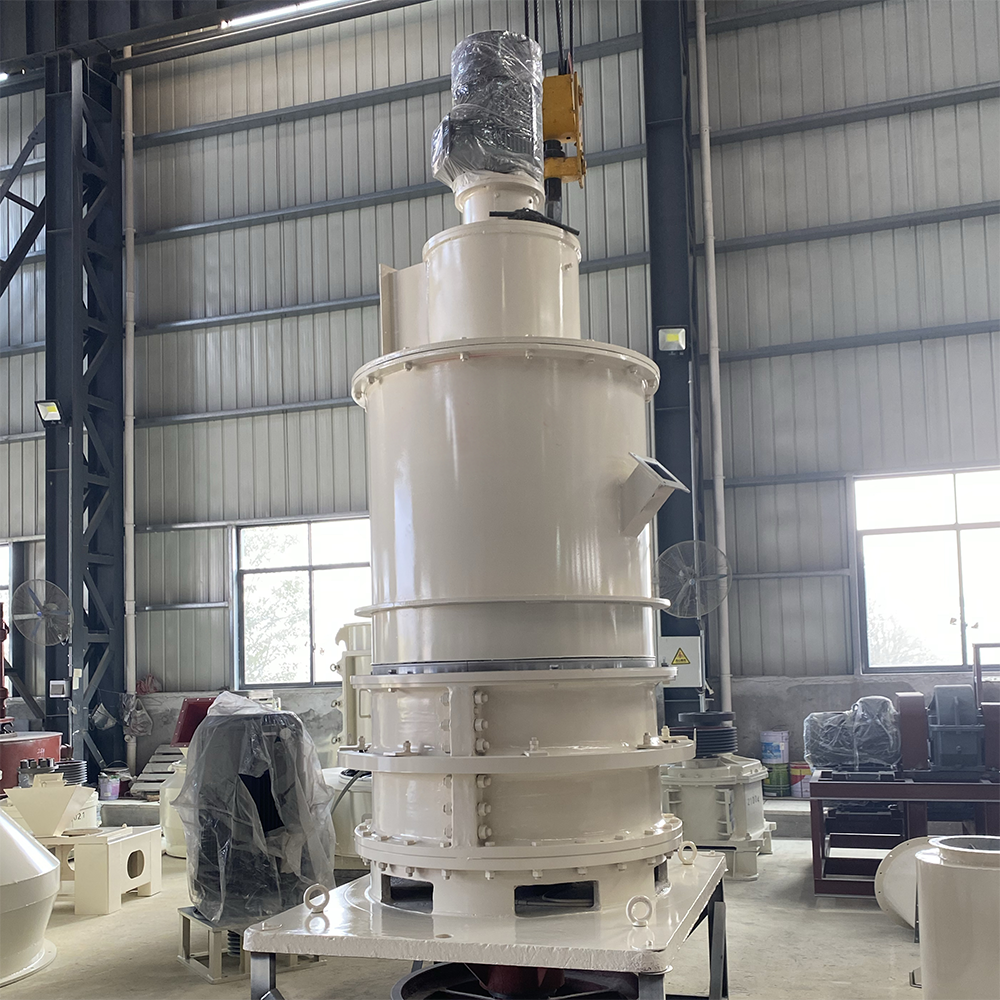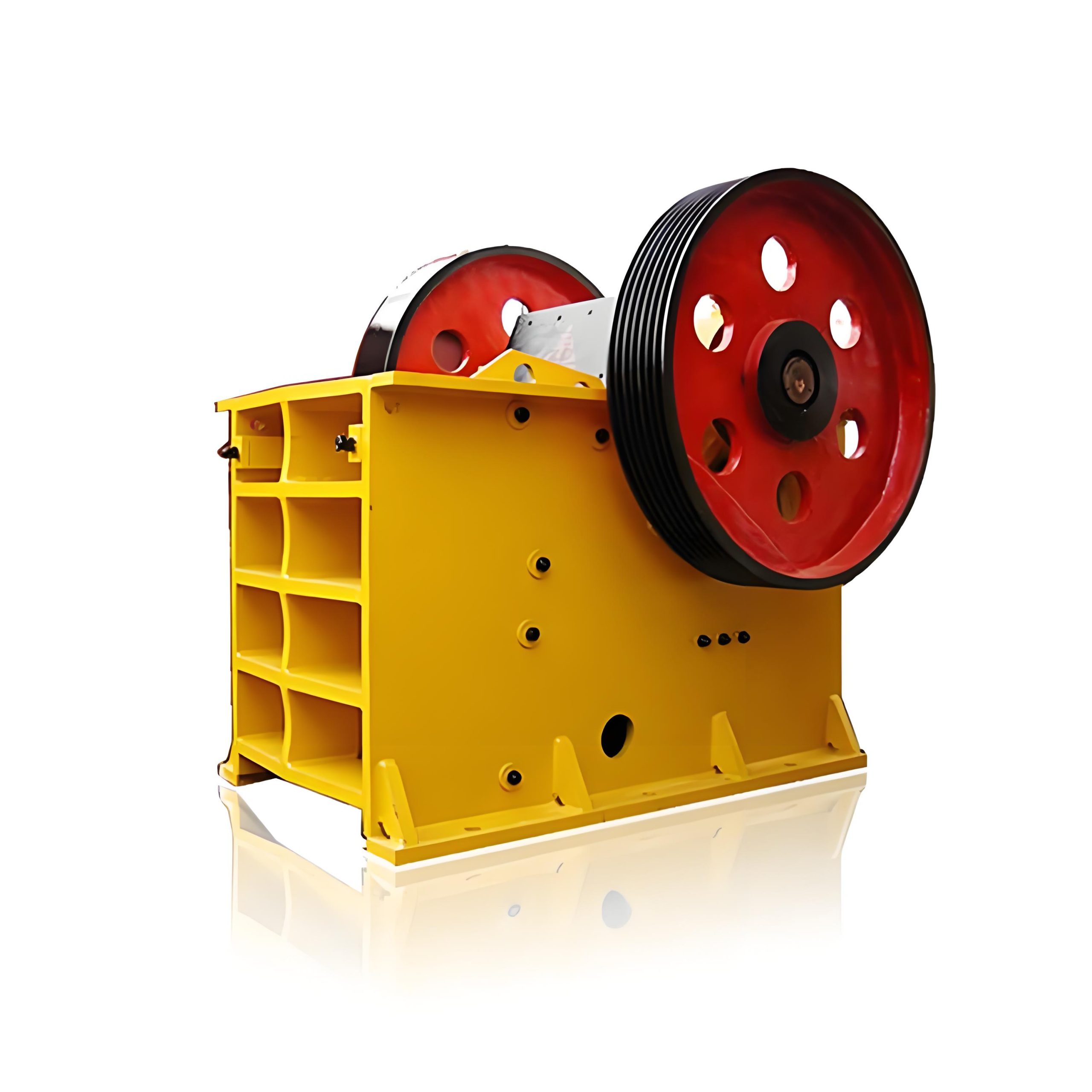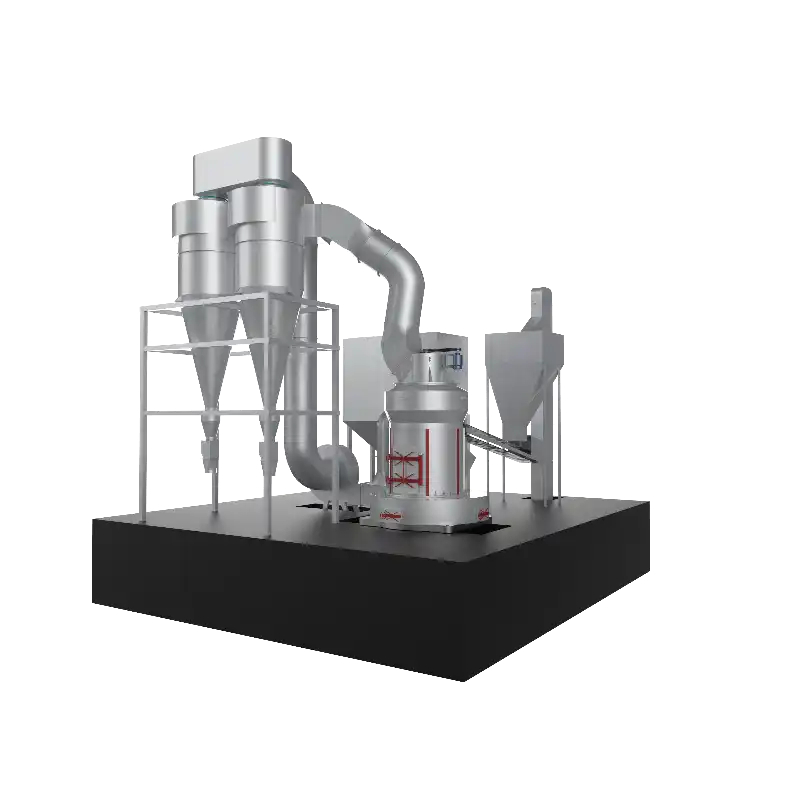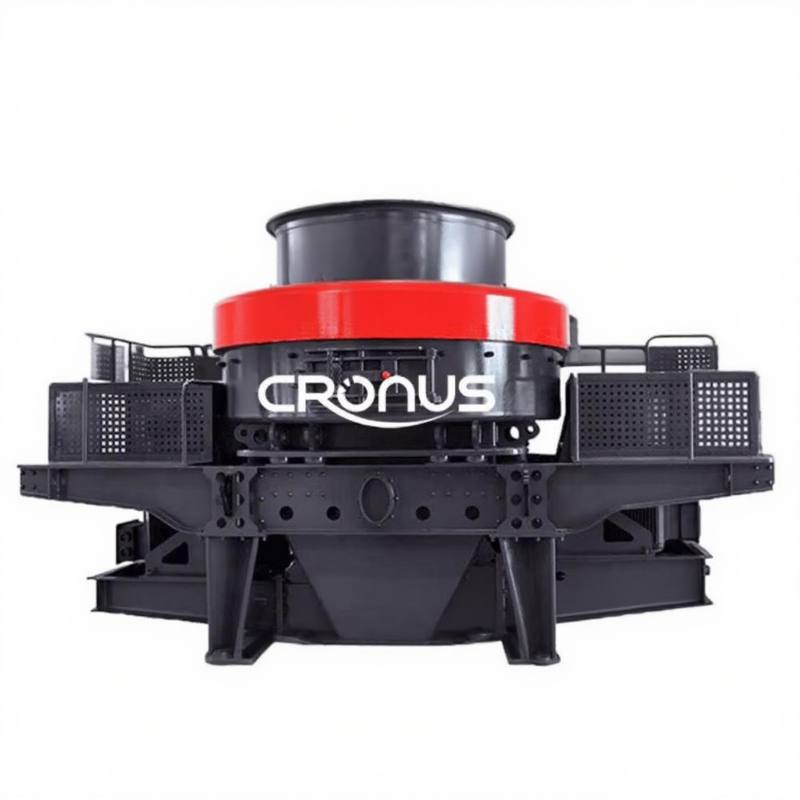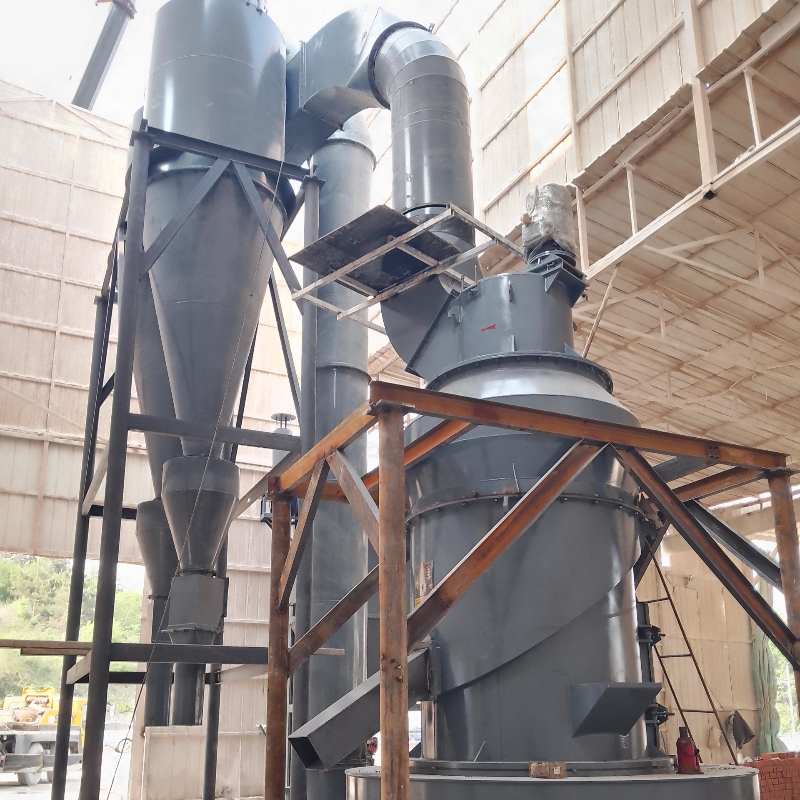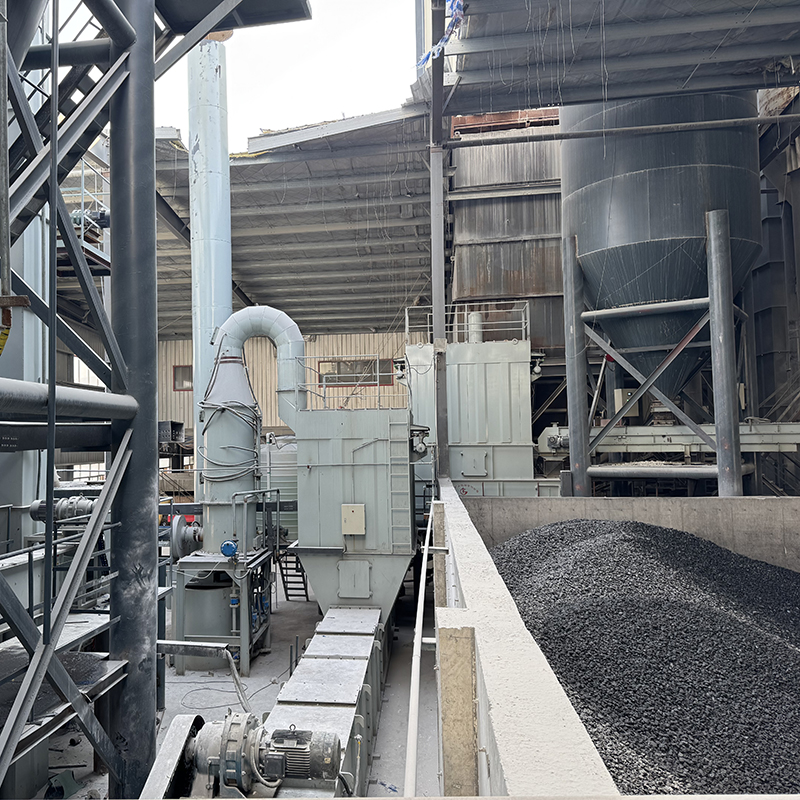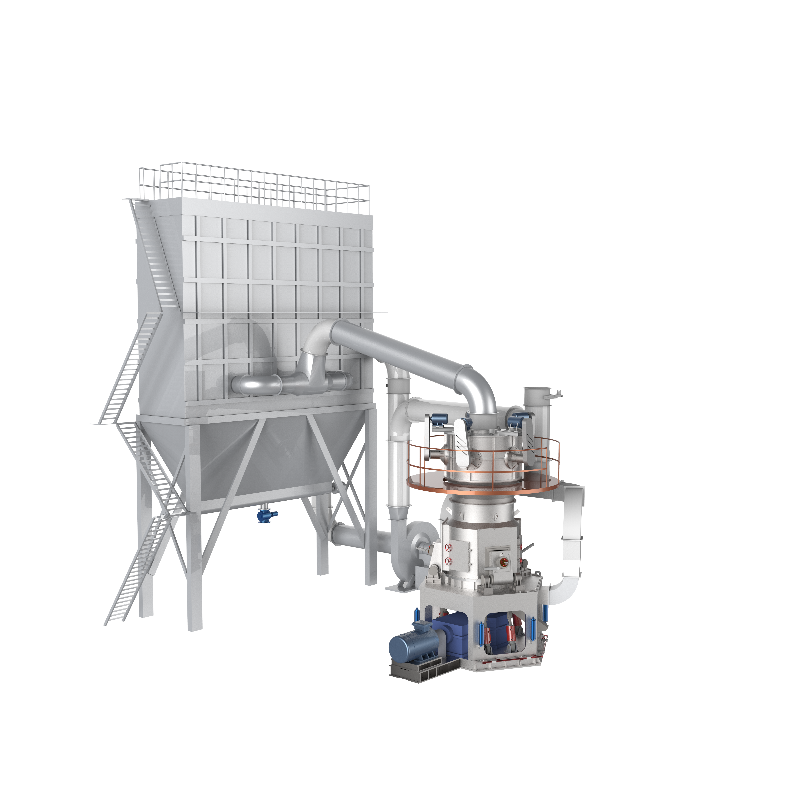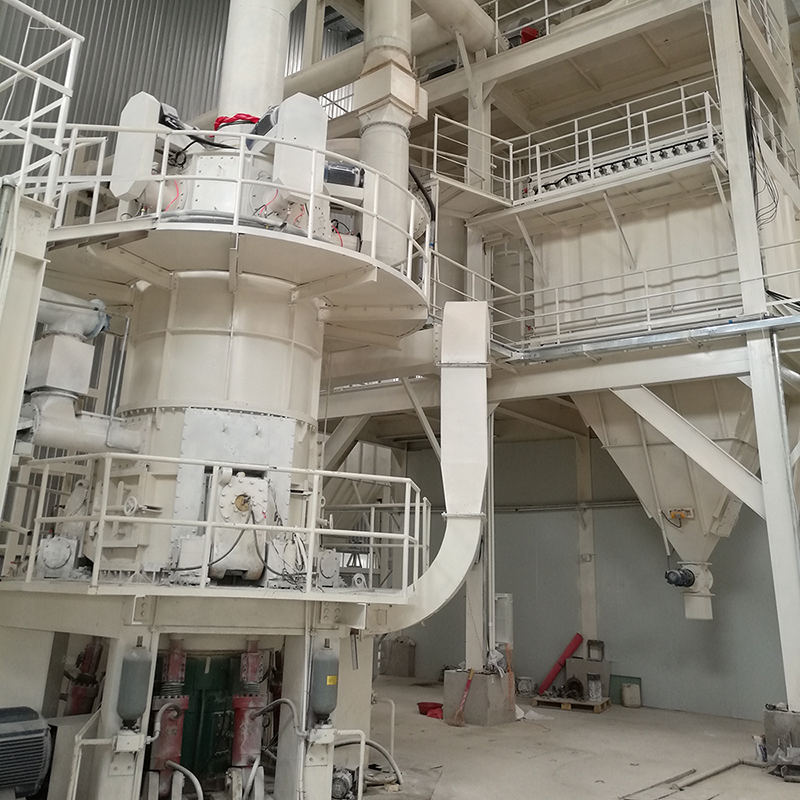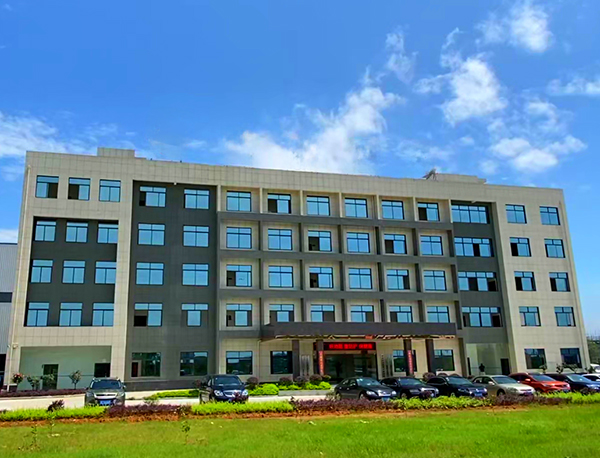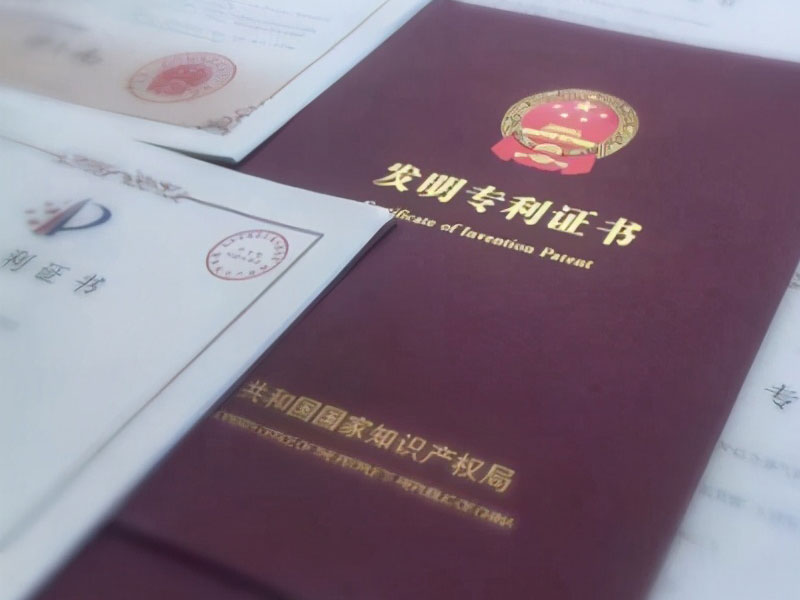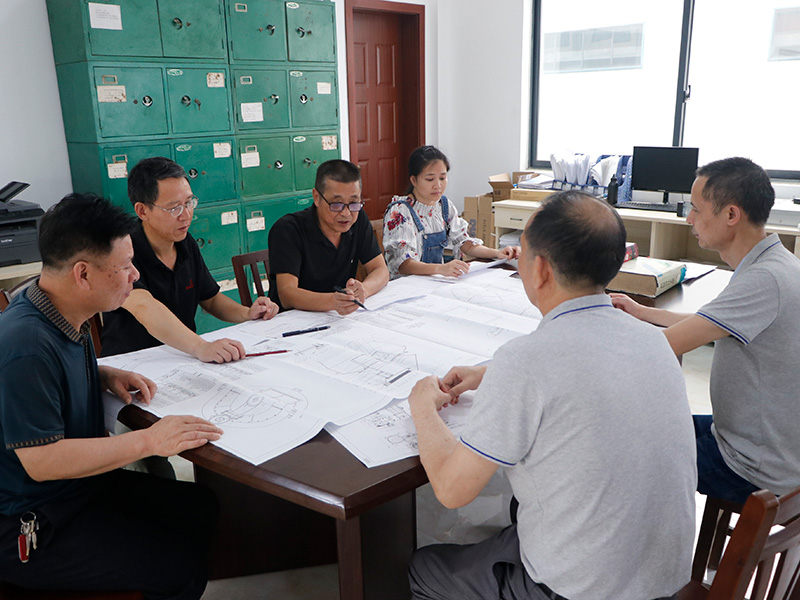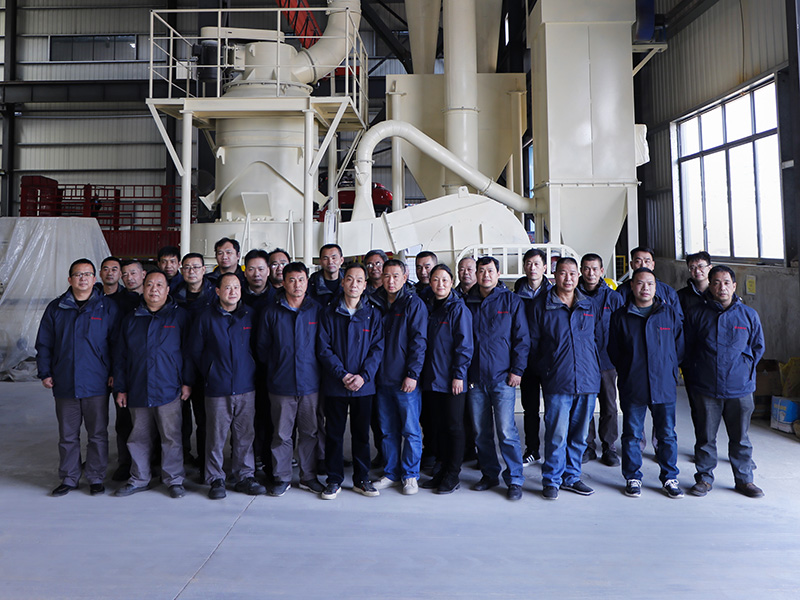Pyrophyllite is a layered silicate mineral (chemical formula Al₂Si₄O₁₀(OH)₂) with the characteristics of low hardness (Mohs 1-2), high chemical inertness, high temperature resistance (melting point about 1600℃), etc. Its powder is widely used in ceramics, refractory materials, coatings and other industries.
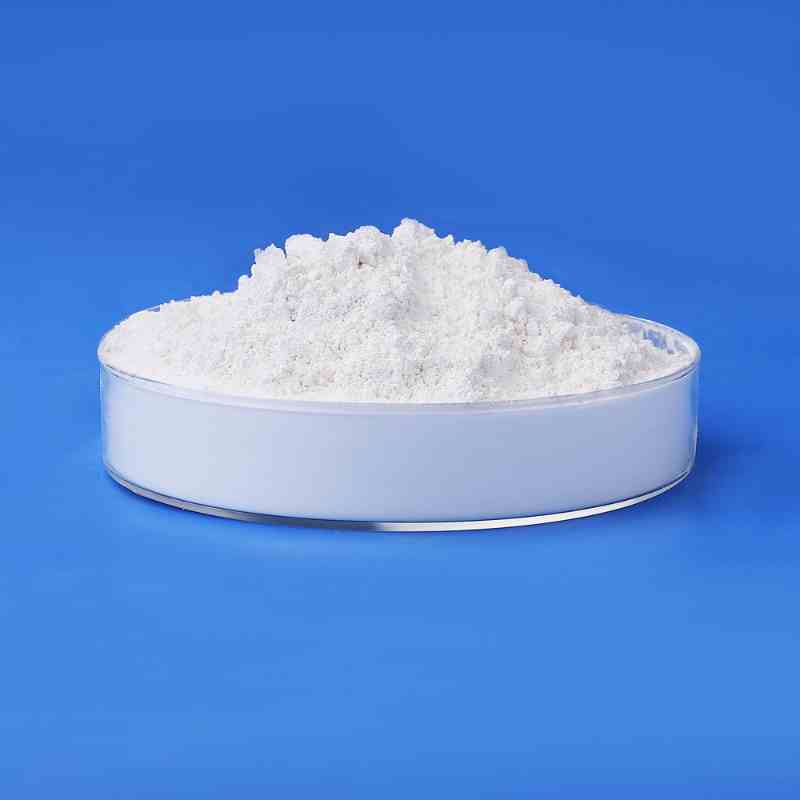
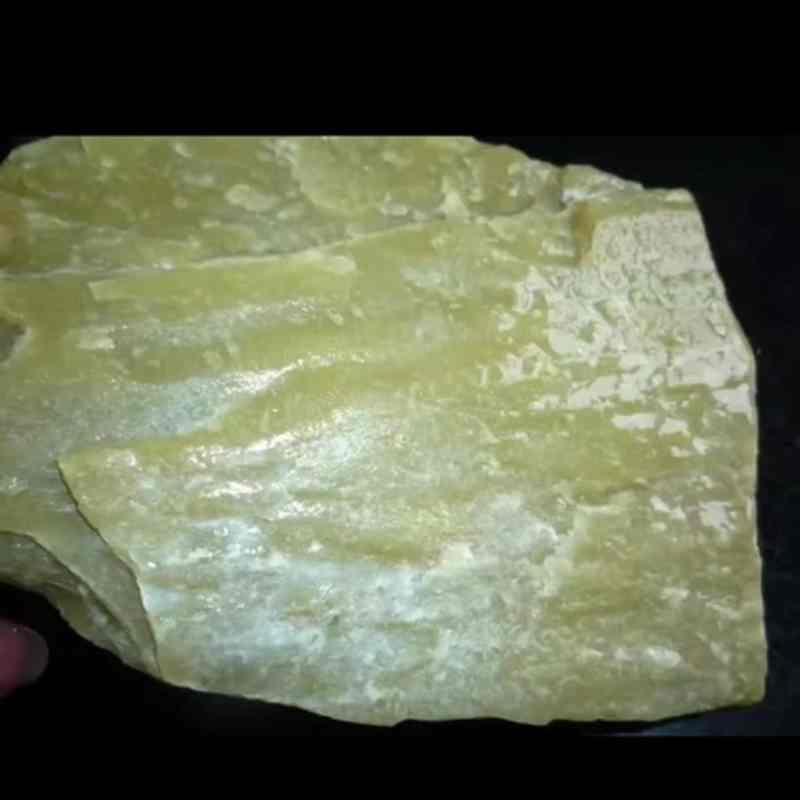
Application in amorphous refractory materials
Suppressing shrinkage and extending service life
Amorphous refractory materials (such as taphole clay, plastics, etc.) are prone to cracks and peeling due to sintering shrinkage or raw material shrinkage at high temperatures. Pyrophyllite undergoes an expansion reaction at high temperatures, which can offset material shrinkage and reduce crack formation, thereby increasing the service life of the material.
Improving the performance of lightweight insulation materials
Pyrophyllite Powder is added to pyrope-based plastics or lightweight insulation materials to stabilize the material structure through its high-temperature expansion effect, avoiding performance degradation caused by shrinkage, and the actual application effect is significant.
Application in shaped refractory materials
Micro-expansion high-alumina bricks
Micro-expansion high-alumina bricks are prepared with high-alumina bauxite as the main material, pyrophyllite and "three-stone" minerals as expansion agents. Pyrophyllite Powder produces volume expansion through secondary mullite reaction (forming SiO₂-rich mullite phase) at high temperature, offsetting material shrinkage and improving slag erosion resistance.
Advantages: The expansion effect can squeeze the brick seams, enhance the integrity of the ladle lining, and extend the service life.
Clay-pyrophyllite bricks that replace high-priced cylinder bricks
Pyrophyllite bricks are made of pyrophyllite, clay clinker and combined clay. The cost is lower than traditional cylinder bricks and the performance is excellent:
Actual effect: The service life of the cooling coke platform lining bricks exceeds 7 years, and the surface is still intact after processing more than 2 million tons of coke, with significant economic benefits.
Mechanism of action of pyrophyllite
High temperature expansion: pyrophyllite decomposes or undergoes phase change (such as mullite) at high temperature, resulting in volume expansion and compensating for material shrinkage.
Structural optimization: The lamellar crystal structure improves the plasticity of the material and enhances the density and strength after sintering.
Chemical stability: High temperature resistance and slag erosion resistance are improved, suitable for harsh environments such as ladles and coke ovens.
Summary of application value
Technical advantages: Improve the volume stability, thermal shock resistance and slag resistance of refractory materials.
Economic benefits: Reduce raw material costs (such as replacing cylinder bricks), extend equipment life, and reduce maintenance frequency.
Environmental protection potential: Reduce the use of carbon-containing materials, in line with the trend of green production.
The versatility of pyrophyllite in refractory materials makes it a key raw material for optimizing traditional formulas and developing high-performance refractory products. It has broad application prospects in metallurgy, coking and other industries in the future.
